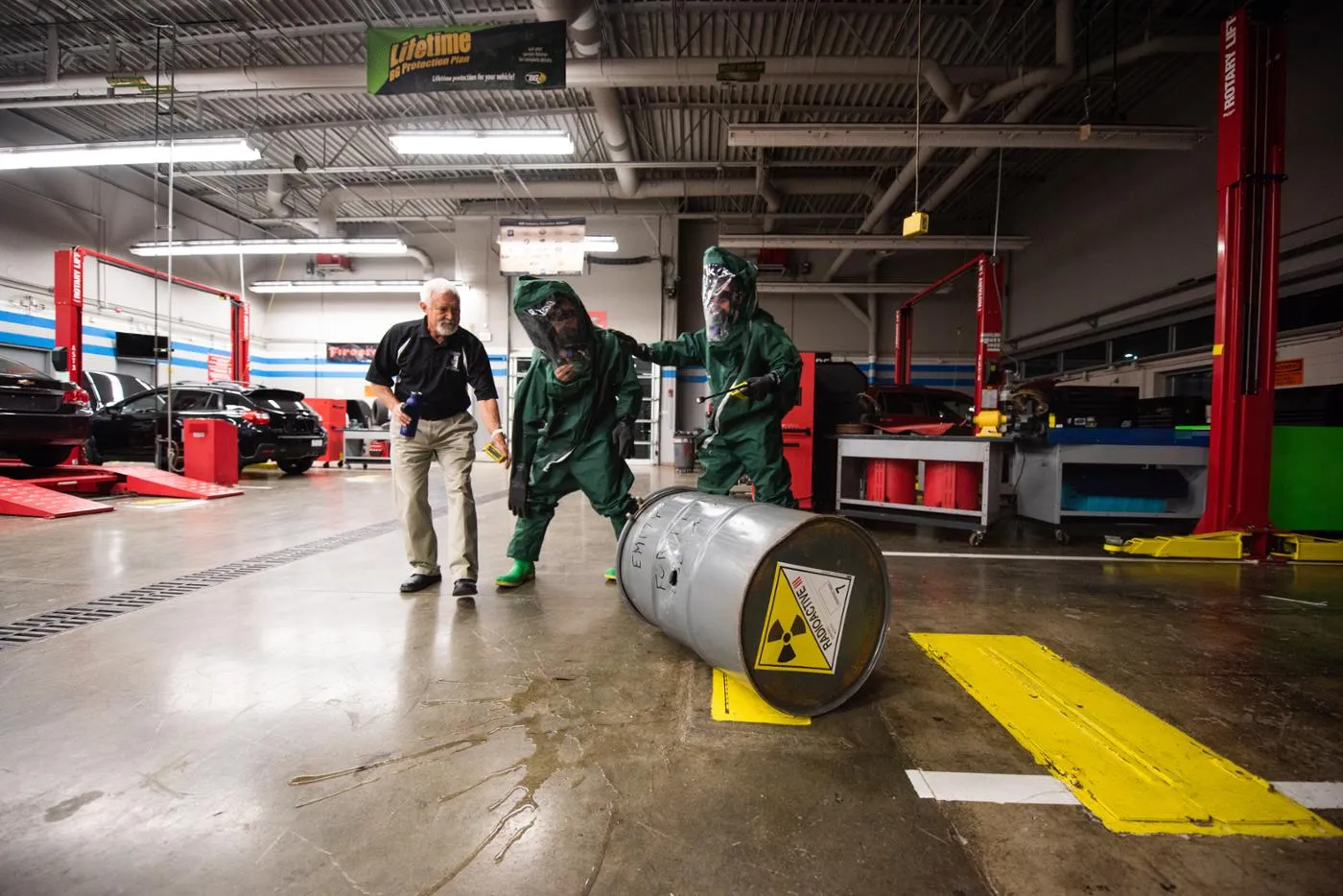Safety Management Major
Play a pivotal role in elevating workplace safety and health standards. Our students dive deep into the intricacies of safety protocols and gain mastery over industry regulations.Safety Class Activities
Suit up in your hazmat gear and execute the step-by-step process for cleaning up hazardous materials, or practice securing your harness for fall prevention on worksites.
Our students enter simulated work centers to adeptly identify potential hazards like frayed wires and outdated fire extinguishers.
Nationally Recognized Program
The Environmental and Safety Management program is nationally recognized by the Institute for Safety and Health Management (ISHM).
Professional Certifications
Environmental and Safety Management program graduates are eligible to earn the Associate Safety and Health Manager (ASHM) credential, a recognized certification that distinguishes them in the job market, showcasing their comprehensive understanding of safety protocols, industry regulations, and readiness to contribute to workplace safety and health.
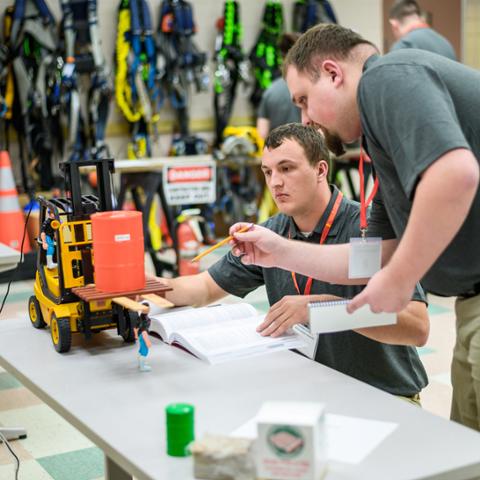
Solve real-world safety scenarios through five competitive events, offering corporate sponsorships for top safety talent recruitment.

Our instructors bring extensive industry experience and firsthand application of the concepts they teach.
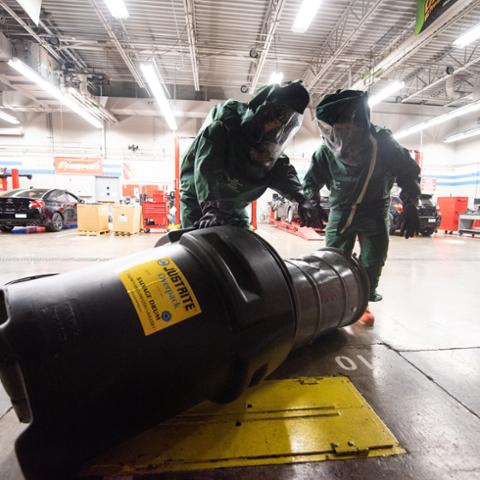
Gain knowledge in topics like environmental compliance, construction safety, risk assessment, industrial hygiene, and more!


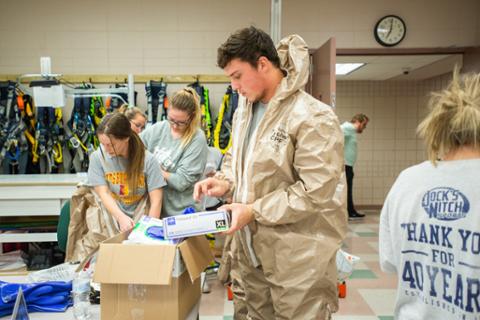

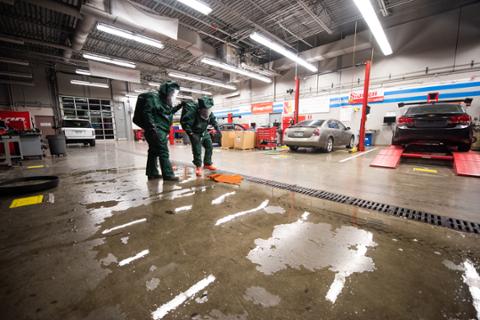
Safety Management Careers
In addition to technical skills, the Environmental Safety Management program trains students to succeed as leaders. Graduates are prepared to hold positions like:
- Environmental Compliance Specialist: Oversee regulatory compliance by conducting audits, developing protocols, and ensuring adherence to environmental laws to minimize the environmental impact of industrial activities.
- Safety Manager: Implement and enforce safety programs, conduct risk assessments, and lead training sessions to cultivate a culture of safety in workplaces, reducing accidents and injuries.
- Industrial Hygienist: Conduct comprehensive workplace assessments, analyze exposure risks to hazardous substances, and recommend control measures to safeguard the health of workers.
- Environmental Consultant: Collaborate with businesses to assess environmental risks, provide solutions for sustainable practices, and guide organizations in meeting environmental regulations and standards.
- Emergency Response Coordinator: Develop and execute emergency response plans, coordinate drills, and manage crises to ensure a swift and effective response to environmental and safety incidents.
- Hazardous Materials Manager: Oversee the safe handling, transportation, and disposal of hazardous materials, implementing protocols to minimize environmental impact and protect public health.
Environmental safety management majors can find rewarding career opportunities in a diverse range of industries, including manufacturing, construction, healthcare, energy, environmental consulting, and government agencies, where their expertise is crucial for ensuring compliance with regulations and fostering safe and sustainable practices.
Emphases available
Excel in safety management for industries like manufacturing, healthcare, and construction. Develop protocols, enforce regulations, and assess risks in the workplace.
Manage environmental compliance in various industries. Students gain expertise in hazardous waste management and sustainability practices.
Manage safety and environmental compliance in the construction industry. Learn how to assess risks and adjust operational procedures at construction sites.
